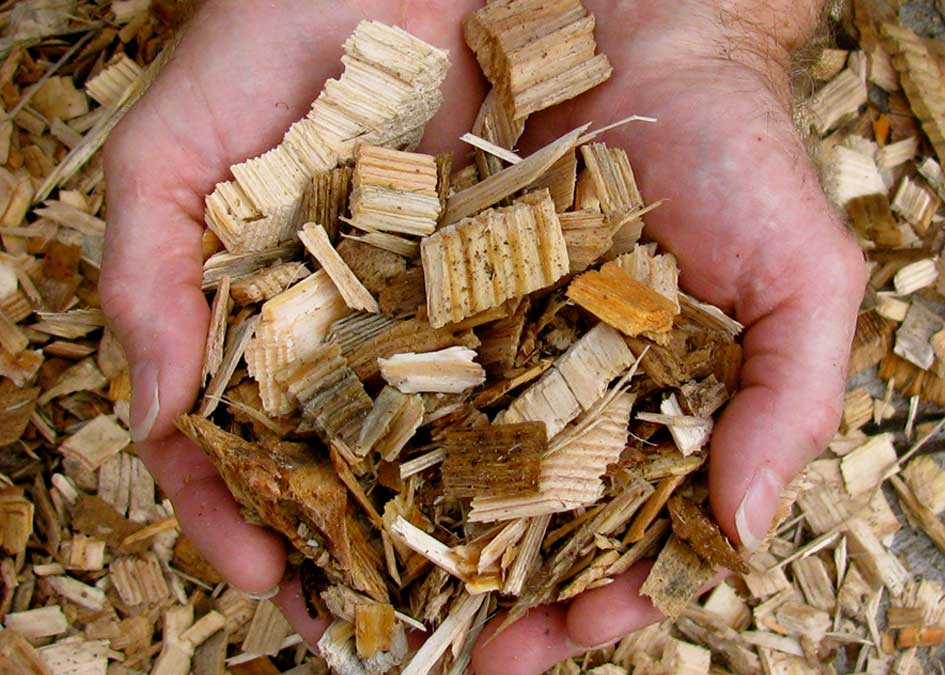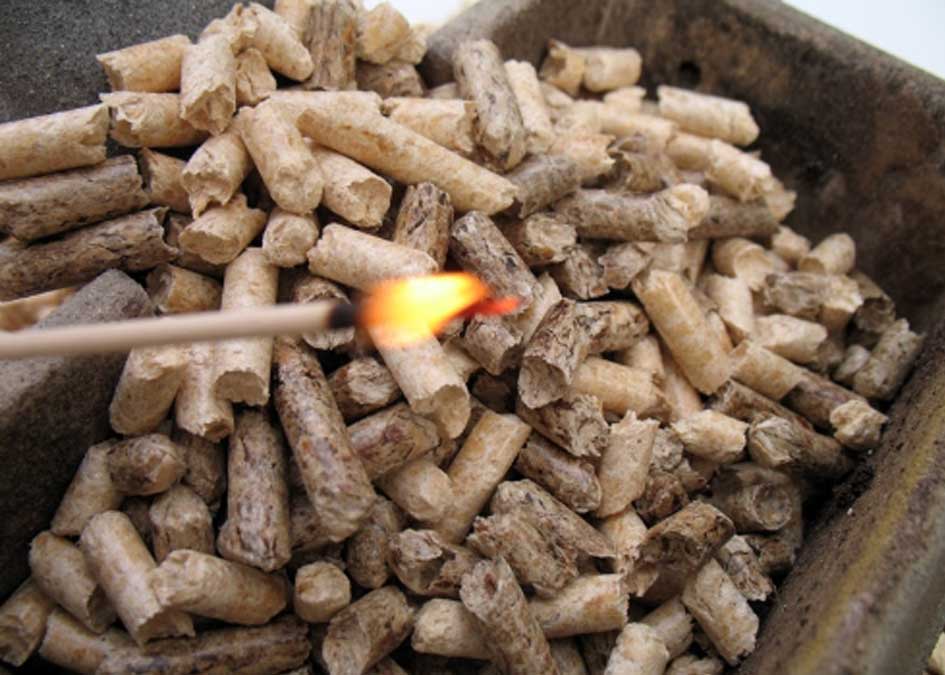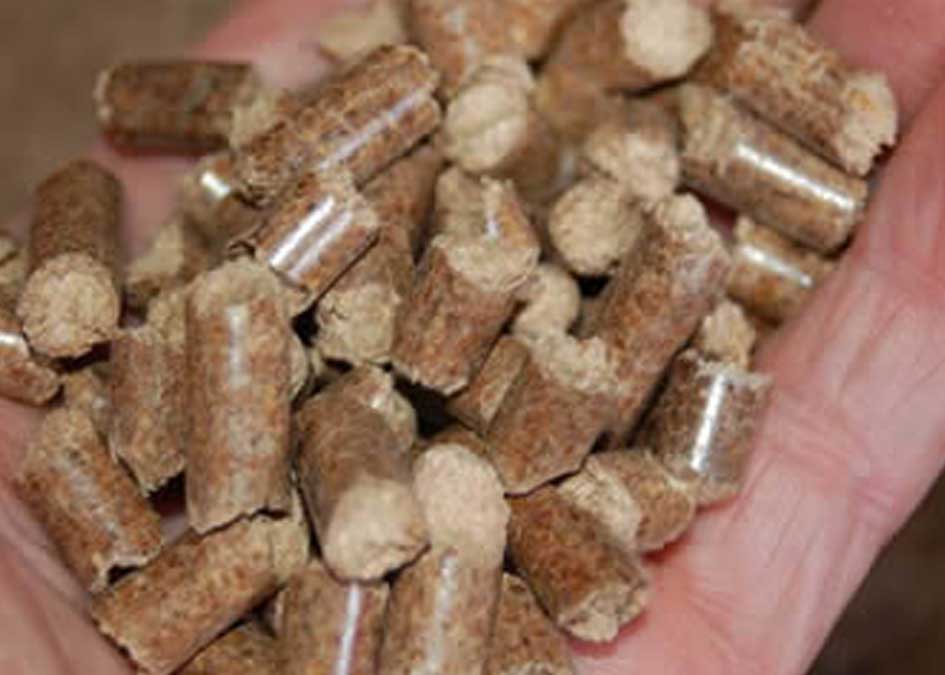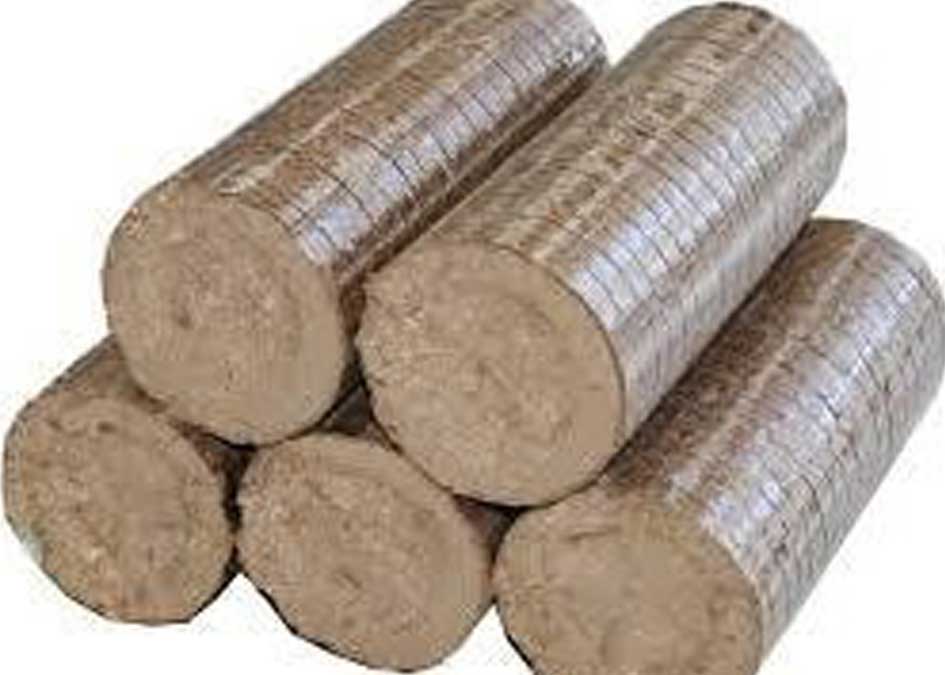Bio-Mass Products For Better Tomorrow
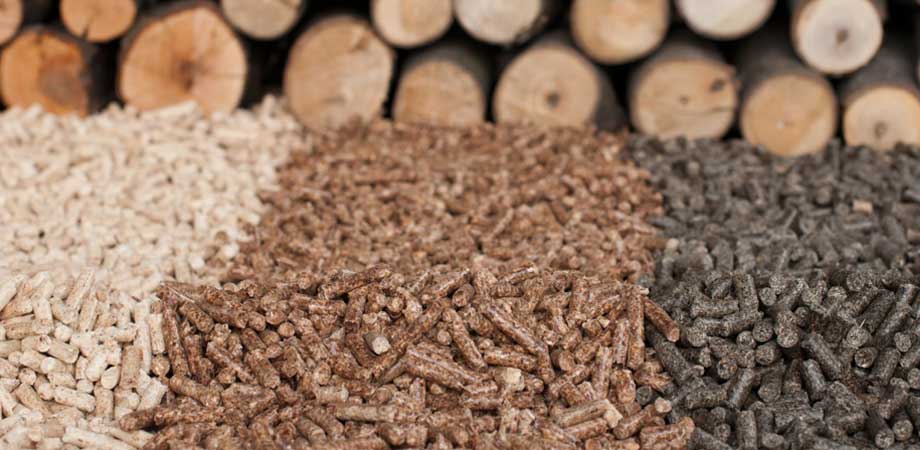
Biomas
Bio-Mass suppliers
Biomass is biological material derived from living, or recently living organisms. It most often refers to plants or plant-based materials which are specifically called lignocellulosic biomass. As an energy source, biomass can either be used directly via combustion to produce heat, or indirectly after converting it to various forms of biofuel. Conversion of biomass to biofuel can be achieved by different methods which are broadly classified into: thermal, chemical, and biochemical methods. Plant energy is produced by crops specifically grown for use as fuel that offer high biomass output per hectare with low input energy. Some examples of these plants are wheat, which typically yield 7.5–8 tonnes of grain per hectare and straw, which typically yield 3.5–5 tonnes per hectare. The grain can be used for liquid transportation fuels while the straw can be burned to produce heat or electricity. Plant biomass can also be degraded from cellulose to glucose through a series of chemical treatments and the resulting sugar can then be used as a first generation biofuel. Biomass can be converted to other usable forms of energy like methane gas or transportation fuels like ethanol and biodiesel. Rotting garbage, and agricultural and human waste, all release methane gas—also called "landfill gas" or "biogas." Crops, such as corn and sugar cane, can be fermented to produce the transportation fuel, ethanol. Biodiesel, another transportation fuel, can be produced from left-over food products like vegetable oils and animal fats. Also, biomass to liquids (BTLs) and cellulosic ethanol are still under research.
There is a great deal of research involving algal, or algae-derived, biomass due to the fact that it’s a non-food resource and can be produced at rates 5 to 10 times faster than other types of land-based agriculture, such as corn and soy. Once harvested, it can be fermented to produce biofuels such as ethanol, butanol and methane, as well as biodiesel and hydrogen. The biomass used for electricity generation varies by region. Produced from forest by-products, such as wood residues, agricultural waste (sugar cane residue), rice husks, animal husbandry residues such as poultry litter etc. Charcoal is a desirable fuel because it produces a hot, long-lasting, virtually smokeless fire. Combined with other materials and formed into uniform chunks called briquettes, it is popularly used for outdoor cooking. Basic charcoal is produced by burning a carbon-rich material such as wood in a low-oxygen atmosphere. This process drives off the moisture and volatile gases that were present in the original fuel. The resulting charred material not only burns longer and more steadily than whole wood, but it is much lighter (one-fifth to one-third of its original weight).
Our Products
